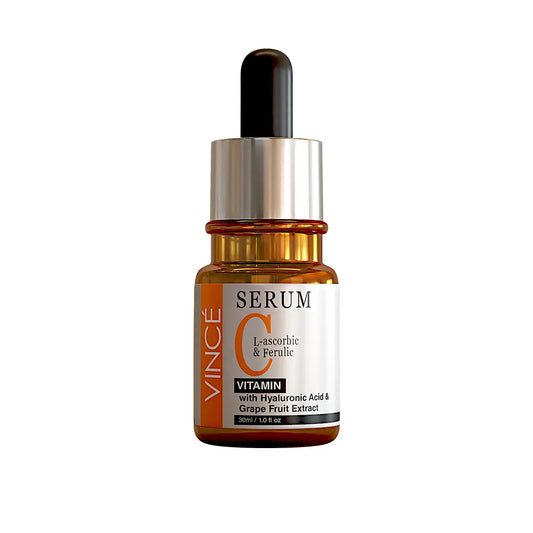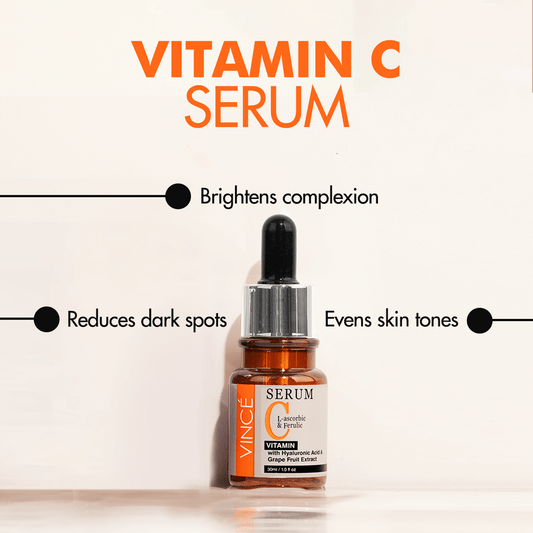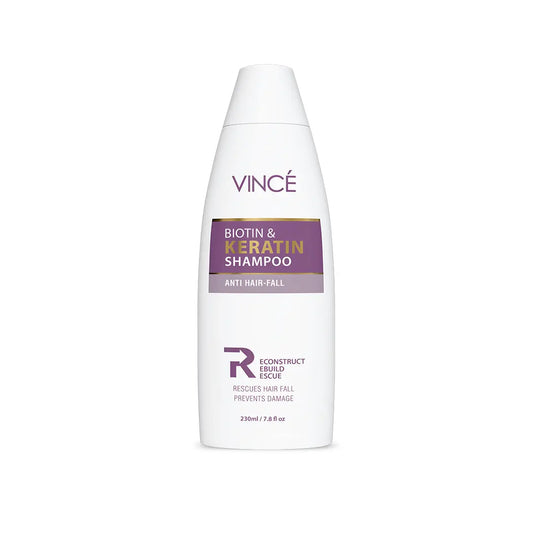10 Best Home Remedies to Reduce Fungal Acne on Face

An infection of the hair follicle causes fungal acne. It is also known as Malassezia folliculitis or Pityrosporum folliculitis. This form of acne is often the result of itching, inflammation, and yeast infection.
You always have a certain amount of yeast on your skin, which, when imbalanced, leads to pus-filled spots that are quite unsightly. Since fungal acne is an infection, it can be contagious and spread to other parts of your skin.
They appear as papules and pustules of varying sizes and are usually found on the chest and back, but they can also appear on your face.
The best way to treat other, more severe forms of acne is through a specialist, but treating fungal acne at home is possible with lifestyle changes and improving your skincare routine with the right products.
How To Identify Fungal Acne
Fungal acne is often mistreated at home because it resembles your average, inflamed, and oily acne. However, at a close look, fungal acne can be seen as small whiteheads about pinpoint size.
It mostly occurs on the chest, shoulders, arms, and back. Where your sweat or dirt can collect and get stuck in your clothes, unlike blemishes or oily spots, fungal acne can be itchy and irritated, often leaving your skin red.
Primarily appearing as small whiteheads in clusters, fungal acne can grow in size and fill with pus if not treated properly.
Best Home Remedies to Reduce Fungal Acne
- Tea Tree Oil For Fungal Acne.
- Honey For Fungal Acne.
- Turmeric For Fungal Acne.
- Apple Cider Vinegar For Fungal Acne.
- Garlic For Fungal Acne.
- Neem Leaf For Fungal Acne.
- Anti-Dandruff Shampoo For Fungal Acne.
- Azelaic Acid For Fungal Acne.
- Sulfur For Fungal Acne.
- Salicylic Acid For Fungal Acne.
1. Tea Tree Oil For Fungal Acne
Tea tree oil is the best ingredient to treat fungal acne at home. This nutritious oil is antiseptic and antifungal. The compounds in it are known to kill Malassezia, which infects the skin while being very soft and smooth at the same time.
How To Use
The effective way to use tea tree oil to treat fungal acne is to dilute it with a carrier oil like jojoba or olive oil. Mix tea tree oil with 15 drops of carrier oil and a clean applicator, such as a reusable cotton pad.
Apply the mixture lightly on the face and wait for it to dry. You can use this oil as a spot treatment with Q-tips. If you have very dry and sensitive skin, do a patch test on the area of an arm before applying it anywhere else.
2. Honey For Fungal Acne
Raw honey is also known far and wide for its healing properties. Unpasteurized honey works wonders when it comes to killing bacteria and fungi because it naturally contains hydrogen peroxide, which is an antiseptic.
To remove your infected area, apply a spoonful of honey to the affected area. Not only is getting the right treatment important but how the treatment is administered also affects the recovery rate.
How To Use
For the best results, honey should be applied to the infection twice daily for half an hour each time. Ensure the honey is washed off properly; otherwise, it can sting the skin.
3. Turmeric For Fungal Acne
Turmeric is also known as good old turmeric, which is tasty in the kitchen and has healing properties. It is an effective antifungal that inhibits growth.
How To Use
To get the best value for turmeric:
- Mix it with a small amount of water until it forms a paste.
- Ensure it has a thick consistency and stays on the wound permanently.
- Don't rush; wait for it to dry and wash it off.
If you want to add an antifungal treatment to your diet, you can. Drink turmeric water or turmeric tea daily.
4. Apple Cider Vinegar For Fungal Acne
According to research, apple cider vinegar (ACV) is an excellent antibacterial and antifungal agent.
A 2018 study found that undiluted (or diluted) ACV can inhibit Candida growth. Its acidic properties know how to slow the growth of fungus rapidly.
Therefore, it shows results faster than most treatments. You can apply vinegar to the affected area. However, if the affected area is nailed, please soak it in the solution.
How To Use
Like turmeric, you can add AVC to your liquid diet if you want quick results. Drink one tablespoon twice a day; if the taste is gone, add a drop of honey to it.
It will also boost your immunity and indirectly help your body fight against the dangers of fungal infections.
5. Garlic For Fungal Acne
Here is one of the most powerful antifungal and antimicrobial herbs. People with a good amount of garlic in their diet are less likely to suffer from fungal infections.
How To Use
Mix a few cloves with olive oil to make a thick paste to get the best benefits of garlic. Apply the mixture gently on the affected area for about 2 hours. Garlic works great against Trichophyton, Torulopsis, Candida, and Cryptococcus.
Do not apply raw garlic paste on the affected area, as it may irritate for hours.
6. Neem Leaf For Fungal Acne
They are scientifically known as Azadirachta indica is considered to be a highly effective fungal infection treatment. So much so some researchers even claim that it is the ultimate cure.
Its antifungal and natural detoxifier properties can remove major pathogens and dermophytes from the skin.
How To Use
To use neem leaves for skin, they need to be boiled. For more effect, neem water can also use while bathing. Directly applying neem leaves on the skin will cause irritation and subsequent inflammation.
Try to include it in your routine by making a paste or juice for topical application.
7. Anti-Dandruff Shampoo For Fungal Acne
An anti-dandruff shampoo is a simple hack for fungal acne. Many dermatologists recommend anti-dandruff shampoo for fungal acne on the back and chest.
These treatment formulations contain active ingredients like ketoconazole, zinc pyrithione, and selenium, known as antifungals. The lathering nature of these shampoos also makes them a good body cleanser if the skin is prone to fungal infections.

How To Use
Anti-dandruff shampoo must sit on the affected area for 5 minutes to work. Take a coin-sized amount on the palm, lather it with water, and apply it to the affected area.
Rinse with plain water and pat dry with a clean cloth. Follow with a gentle, unscented, non-comedogenic body lotion to combat shampoo-induced dryness.
8. Azelaic Acid For Fungal Acne
Azelaic acid itself is a byproduct of Malassezia, making it one of the most effective remedies to help gets rid of it. It does this by regulating the fatty acid content of your skin.
The ideal environment for yeast to thrive is a moist surface rich in fatty acids and oils. Thus, reducing fatty acids can also control the yeast population on your skin. And given that azelaic acid is safe and gentle for most skin types, it can be a long-term solution to maintaining your skin's health.
How To Use
The effective way to use azelaic acid is in a serum, preferably in a single-use form or with a higher concentration. Be consistent and apply a moisturizer to the area to seal off the treatment.
9. Sulfur For Fungal Acne
The use of sulfur in skin care has seen a surge in popularity. This ground mineral is readily available and has shown great promise in treating skin inflammation, psoriasis, and eczema.
In the case of fungal acne, sulfur can help remove dead skin cells and regulate sebum production because it is rich in compounds that are toxic to fungi.
How To Use
Sulfur is a gentle ingredient and can be used as a foaming cleanser. Sulfur-infused scrubs and soaps can use once a day on areas affected by fungal acne. Follow up with a moisturizer, as sulfur can dry your skin.
10. Salicylic Acid For Fungal Acne
Salicylic acid is another effective ingredient to use for fungal acne. This ingredient is known for its exfoliating properties and unclogging pores. It can help protect your acne-prone skin from yeast overgrowth and relieve the dullness that come with it.
How To Use
There are many ways to use salicylic acid for fungal acne. Salicylic acid can also dry in nature, so hydrating body lotion keeps dehydrated skin at bay.
What Causes Fungal Acne?
Increased production of sebum by your sebaceous glands, which leads to the overgrowth of yeast, is thought to be the main cause of fungal acne. However, several factors can trigger sebaceous gland activity leading to Pterosporum or Malassezia folliculitis.
- Humid Weather.
- Excessive Sweating.
- Compromised Immune System.
- Antibiotics.
- Physical Contact.
1. Humid Weather
Hot, humid weather can trigger fungal acne conditions. People who live in areas with high humidity tend to sweat more, which helps the growth of Malassezia yeast in your hair follicles.
2. Excessive Sweating
Yeast thrives on sebum and sweat. Bodies that produce more sweat are more prone to fungal infections.
3. Compromised Immune System
According to medical research, people with low immunity or weak immune system are more prone to fungal infections. Immunosuppressive medical treatment also increases your chances of fungal infections.
When your body cannot fight off pathogen attacks, your skin can become an easy breeding ground for microbes.
4. Antibiotics
Some oral and topical antibiotics, such as tetracyclines and corticosteroids, can trigger the appearance of fungal acne. These antibiotics can destroy the good bacteria on your skin that help fight yeast overgrowth. In their absence, your skin is vulnerable to fungal infections.
5. Physical Contact
Fungal acne can be contagious, like other fungal infections. It can spread through physical contact with an infected person. Shared clothes, towels, makeup brushes, etc., can also cause contamination.
Is Fungal Acne Curable?
Due to misdiagnosis, fungal acne can persist for a long time. But if identified correctly in time, one can see improvement within 24 hours of the medication. Antifungal oral and topical medications can quickly reduce yeast colonization in your hair follicles.
Conclusion
Fungal skin infections have become very common. Although these infections are usually not a serious concern, they can cause discomfort due to itchy, scaly red skin. If not treated in time, the rash can spread and cause further skin irritation.
The dangers of fungal infections are still under-recognized, and over time, medical treatments have become increasingly ineffective on the skin.
Such reactions compel patients to resort to natural remedies. This guide listed the best remedies and treatments for you to make your recovery journey easier and full of nature's goodness.





